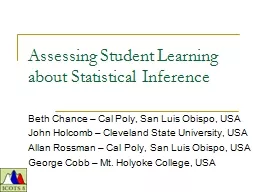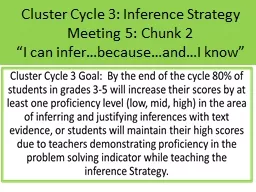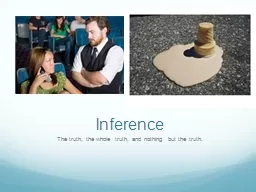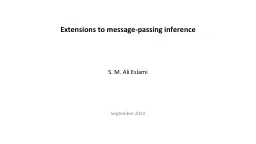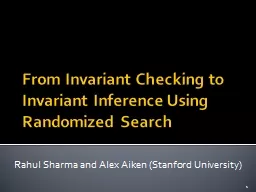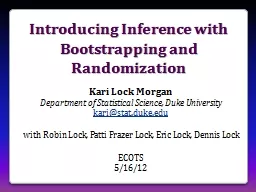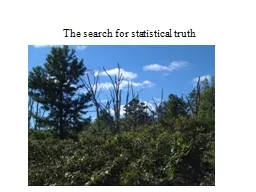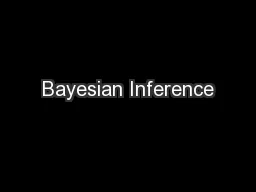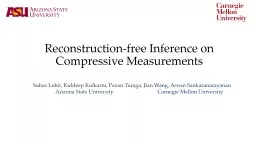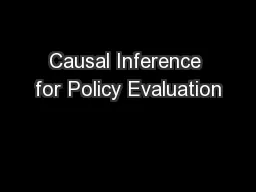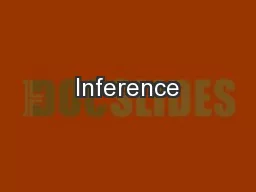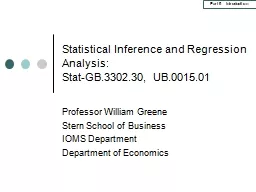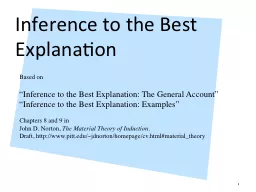PPT-Assessing Student Learning about Statistical Inference
Author : min-jolicoeur | Published Date : 2019-06-23
Beth Chance Cal Poly San Luis Obispo USA John Holcomb Cleveland State University USA Allan Rossman Cal Poly San Luis Obispo USA George Cobb Mt Holyoke College
Presentation Embed Code
Download Presentation
Download Presentation The PPT/PDF document "Assessing Student Learning about Statist..." is the property of its rightful owner. Permission is granted to download and print the materials on this website for personal, non-commercial use only, and to display it on your personal computer provided you do not modify the materials and that you retain all copyright notices contained in the materials. By downloading content from our website, you accept the terms of this agreement.
Assessing Student Learning about Statistical Inference: Transcript
Download Rules Of Document
"Assessing Student Learning about Statistical Inference"The content belongs to its owner. You may download and print it for personal use, without modification, and keep all copyright notices. By downloading, you agree to these terms.
Related Documents

